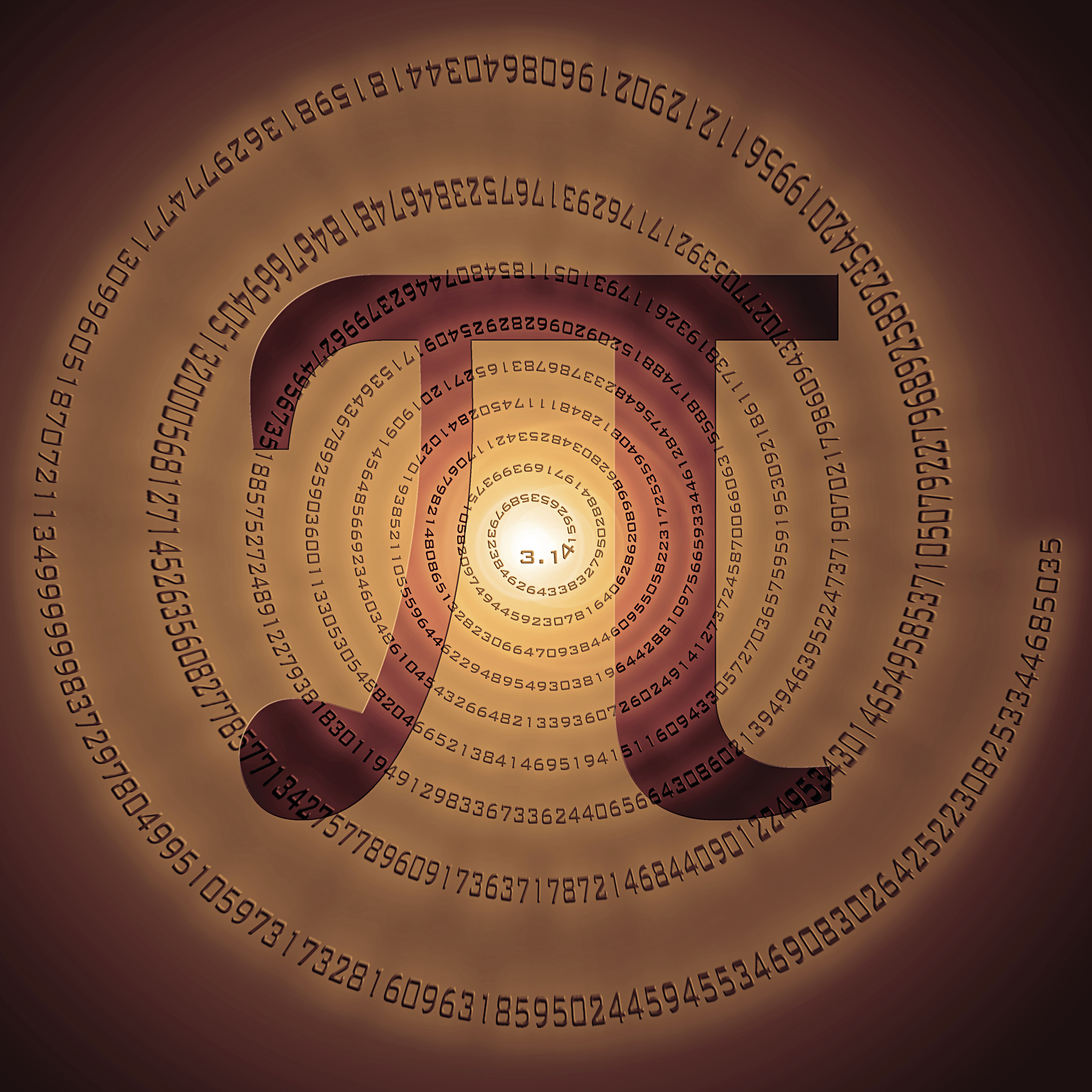On March 14 at 1:59pm, folks from all over the world celebrate “Pi Day” with games, activities, and pie-eating contests. Here are my best resources for showing kids how pi shows up in the real world and also how to learn about pi in a way that not only makes sense but isn’t flat boring.
Pi (p) is a number slightly greater than 3 that shows up when you divide the circumference of a circle by its diameter, no matter what size the circle is. It also shows up in other shapes like spheres, ellipses, cylinders, and cones as well as unusual places like summation series, number theory, probability, bell curves, and the Fibonacci series.
I’ve prepared two different versions that you can access, and each comes with its own video. If this is your first time encountering “pi”, then start with the first one. Otherwise, jump in to the full version and have fun!
[am4show have=’p8;p9;p11;p38;p154;’ guest_error=’Guest error message’ user_error=’User error message’ ]
Pi: Simple Version
Pi is an irrational number, which means that its digits never end and that it doesn’t contain repeating sequences of any length. Mathematicians can’t say with absolute certainty that pi contains every possible finite number sequence—but they strongly suspect that this is the case.
Materials:
- This worksheet (all pages)
- 3 tennis balls in a can
- Box of toothpicks
- Chalk (optional)
Pi: Full Version
After you watch this video, you can download the Pi Day activities n a PDF workbook packet. There are 10 stations, each with a specific hands-on activity about pi. Each station also has a couple of materials you will need to have along with the printed instructions, so gather these together also. (There’s a master list on the second page of the download.)
Materials:
- This worksheet
- 3 tennis balls (still in the can)
- string
- scissors
- tape
- measuring tape
- ruler
- circular objects
- toothpicks
- poster board with parallel lines
- six-sided die
- question cards cut out
- pile of pennies and tokens
- calculator
- pencil
- access to internet on three different computers for three different stations
- Pies for no-hands pie eating contest for the treasure. I like to use small aluminum tart pans with a graham cracker on the bottom, then a dollop of jam, finished by whipped cream. Yum!
Be sure print out a couple pages of “pi tickets” on page 18. The students get one “pi ticket” for each answer correct on the answer sheet they turn in.
The Final “Pi Station” has graham crackers, assorted jams, and whipped cream that students can “build their own pies” – one for every ticket they’ve earned!
The video below will walk you through the handout and give you even more ideas and show you cool images you can create for your decor!
[/am4show]
Over the years, I’ve collected quite a stash of activity sheets and games for kids from other sources. I don’t know where they all came from, so please respect their copyright information on the sheet itself when you share with others.




 If you've ever wanted to sneak a peek into my cabinet of educational games and books for kids, now is your chance. Use this list for gift ideas, boredom busters, and just plain family fun. Some of these games you can pick up at the store, and the rest are the home-made, print-it-out, cut-and-play variety that your kids will really learn from.
If you've ever wanted to sneak a peek into my cabinet of educational games and books for kids, now is your chance. Use this list for gift ideas, boredom busters, and just plain family fun. Some of these games you can pick up at the store, and the rest are the home-made, print-it-out, cut-and-play variety that your kids will really learn from. Math Games
Math Games